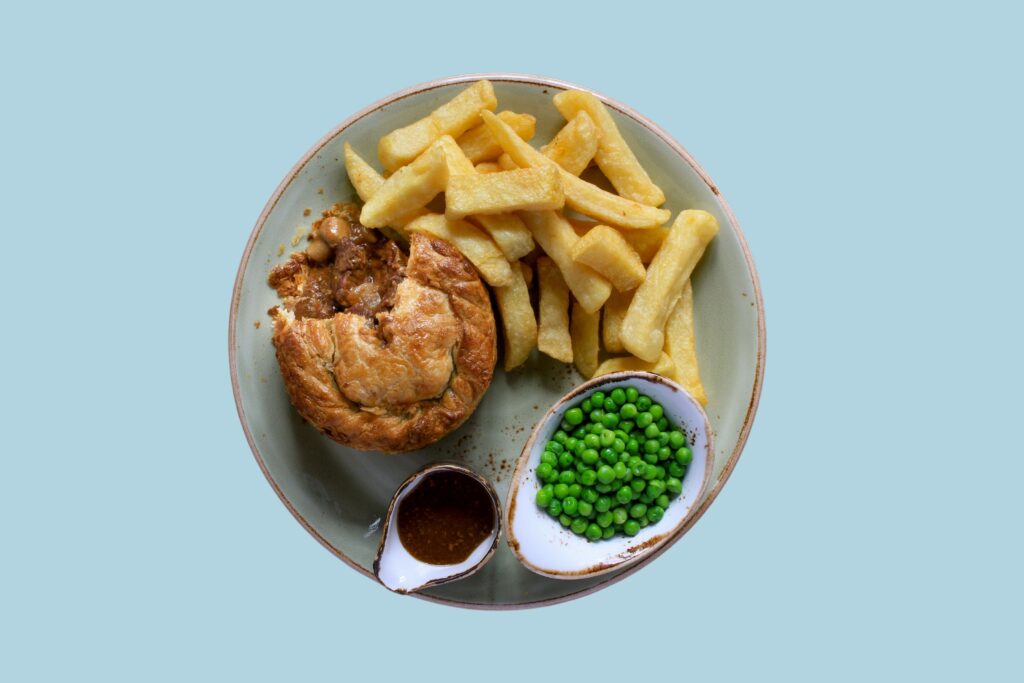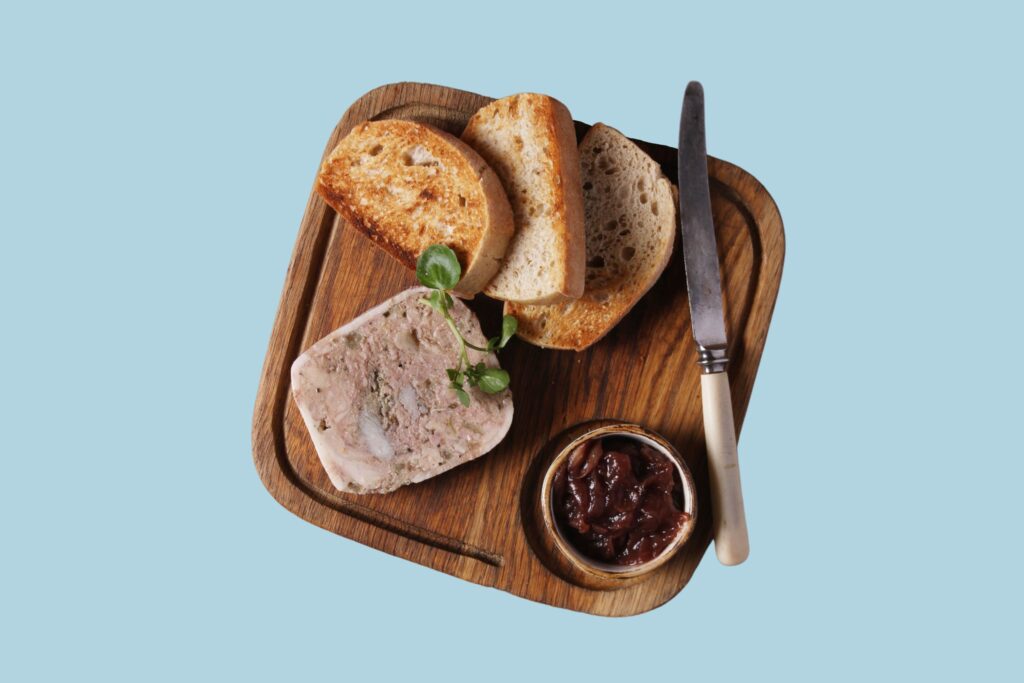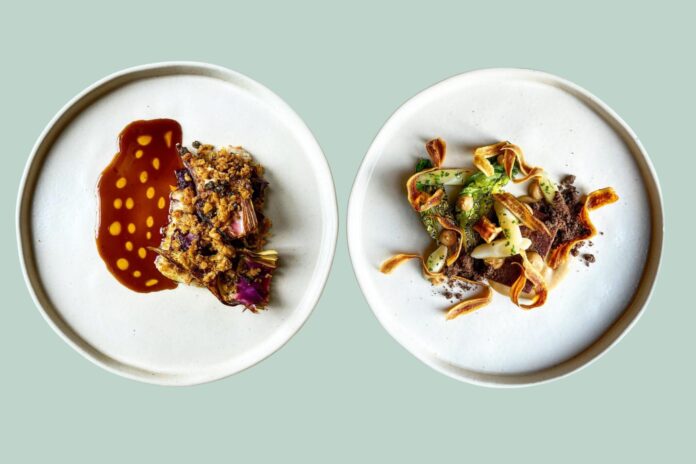When it comes to dining tables across Britain, offal has a rather polarising effect. For some, the very mention of liver, kidneys, or heart might evoke a sense of culinary adventure or nostalgia, while for others, it’s a firm no-go area.
But beyond personal taste and cultural preferences, there’s an important question to consider: just how good is eating offal for your health?
Just What Is Offal?
Offal, also known as variety meats or organ meats, refers to the internal organs and entrails of a butchered animal. Common types of offal include liver, kidney, heart, brain, tongue, and tripe.
Historically, offal has been a staple in British diets, especially during times when no part of the animal could be wasted. However, with the rise of industrial farming and the availability of more prime cuts, offal has seen a steady decline in popularity in recent decades, though there are some reports that attitudes may be shifting.

Nutritional Powerhouses
Despite its apparent fall from grace, offal remains a nutritional powerhouse. These organ meats are rich in vitamins, minerals, and other nutrients that are essential for the body.
Liver: A Vitamin A Goldmine
The liver is particularly nutrient-dense. It’s an excellent source of vitamin A, which is vital for eye health, immune function, and skin integrity. A single serving of beef liver can provide more than the recommended daily intake of vitamin A for an adult.
Kidneys: Packed with Selenium
Kidneys are another offal that’s worth a second look. They are high in selenium, a trace element that plays a critical role in DNA synthesis, thyroid hormone metabolism, and protection from oxidative damage and infection.
Heart: Coenzyme Q10 Source
Eating heart is often lauded for its impressive nutritional profile. Rich in Coenzyme Q10, an essential enzyme for energy production and cardiac health, heart meat is also an excellent source of iron and B vitamins, particularly B12, which is crucial for red blood cell formation and neurological function.
Read: What is a heart healthy diet and why is it important?
Offal & Iron Absorption
For those with iron deficiency, offal can be particularly beneficial. Organ meats are among the best sources of heme iron, the form of iron that is most easily absorbed by the body. This is especially true for liver, which can help combat anemia and increase energy levels.
B Vitamins Galore
Offal is also a fantastic source of B vitamins, particularly vitamin B12, which is necessary for red blood cell formation and neurological function. This makes it an excellent dietary addition for those who may be at risk of B12 deficiency, such as vegetarians and the elderly.
Potential Health Concerns
While the benefits of offal are significant, there are also potential health concerns to consider. Organ meats are high in cholesterol and purines, which can be problematic for individuals with certain health conditions, such as gout or high cholesterol. It’s also worth noting that the liver can accumulate toxins, so sourcing offal from organically raised, grass-fed animals is preferable.
Sustainability & Ethical Eating
From an ethical and environmental standpoint, eating offal makes a lot of sense. Utilising the whole animal reduces waste and supports a more sustainable food system. It respects the life of the animal by ensuring that as much of it as possible is used.
How To Incorporate More Offal In Your Diet
The key to incorporating offal into your diet is preparation. Though beef liver supplements are increasingly available on the high street, offal can be truly delicious when cooked properly, and the best way to get more of it in your diet is, quite frankly, by eating more of it!
Liver can be pan-fried to perfection, kidneys make a rich and flavourful pie, and heart can be slow-cooked until tender. With the right recipes and an open mind, offal can be transformed into a tasty and nutritious meal.
In Britain, dishes like liver and onions, steak and kidney pie, and faggots are traditional staples that have stood the test of time. However, the modern Western diet often overlooks these nutrient-rich parts of the animal. If you’re looking to diversify your diet and explore the rich flavours that offal has to offer, here’s a guide to help you embark on this culinary adventure.
British Offal Classics
In Britain, offal has been a part of the diet for centuries, and there are several classic recipes that are cherished across the country:
- Liver and Onions: This dish is a simple yet hearty meal. Slices of liver are cooked with onions, often in a rich gravy, and served with mashed potatoes. It’s a comforting dish that provides a high dose of iron and protein.
- Steak and Kidney Pie: A quintessential British dish, this pie combines chunks of steak and kidney in a thick gravy, all encased in a flaky pastry. It’s a pub favourite and a staple at any British family gathering.
- Faggots: These are meatballs made from minced off-cuts and offal, traditionally pork, mixed with herbs and breadcrumbs. Faggots are often served with peas and mashed potatoes, smothered in a rich, meaty gravy.

Global Offal Delicacies
The British are not alone in their appreciation of offal. Many other cultures have their own traditional ways of preparing and enjoying these cuts:
- Roman Tripe Sandwiches: When in Rome, tripe is cherished, and served up in a variety of ways. One of the most popular is in a sandwich. The tripe is stewed until tender, seasoned with herbs, and served between slices of crusty bread.
- Turkish Kebabs: Offal kebabs, or ‘ciğer kebabı’, are a popular street food in Turkey. Skewered and grilled, these kebabs are often made from liver and are known for their spicy and smoky flavour.
- French Pâté: France has a long tradition of using offal in charcuterie. Pâté, a mixture of seasoned ground meat and fat minced into a spreadable paste, often includes liver and other offal. It’s a gourmet way to enjoy these cuts.

Tips For Incorporating Offal Into Your Diet
- Start with milder flavours: If you’re new to offal, begin with milder organs like chicken liver or tongue, which have a more approachable taste.
- Mix with familiar meats: Combine offal with more familiar cuts of meat in dishes like meatloaf or burgers to gradually introduce the flavour.
- Use strong flavours: Offal pairs well with robust flavours like bacon, onions, and garlic, which can help balance any strong or unfamiliar tastes.
- Experiment with world cuisines: Explore recipes from cultures that traditionally embrace offal. This can be a fun and delicious way to expand your palate.
- Buy high-quality, high-welfare offal: Source your offal from reputable butchers or farmers’ markets to ensure you’re getting the freshest and highest quality product.
Incorporating more offal into your diet can be a rewarding experience that not only broadens your culinary horizons but also contributes to a more sustainable way of eating. By using the whole animal, we honour the traditional practices of many cultures and make the most of the resources we have.

The Bottom Line
So, just how good is eating offal for your health? The answer is quite clear: offal-y good, indeed. Offal offers a range of health benefits due to its rich nutrient profile. However, it’s important to consume it in moderation and be mindful of the source. For those looking to expand their culinary horizons, embrace a more sustainable way of eating, and boost their nutrient intake, offal is certainly worth considering. So next time you’re at the butcher’s, why not pick up some offal and give it a go? Your body (and your taste buds) will thank you.





